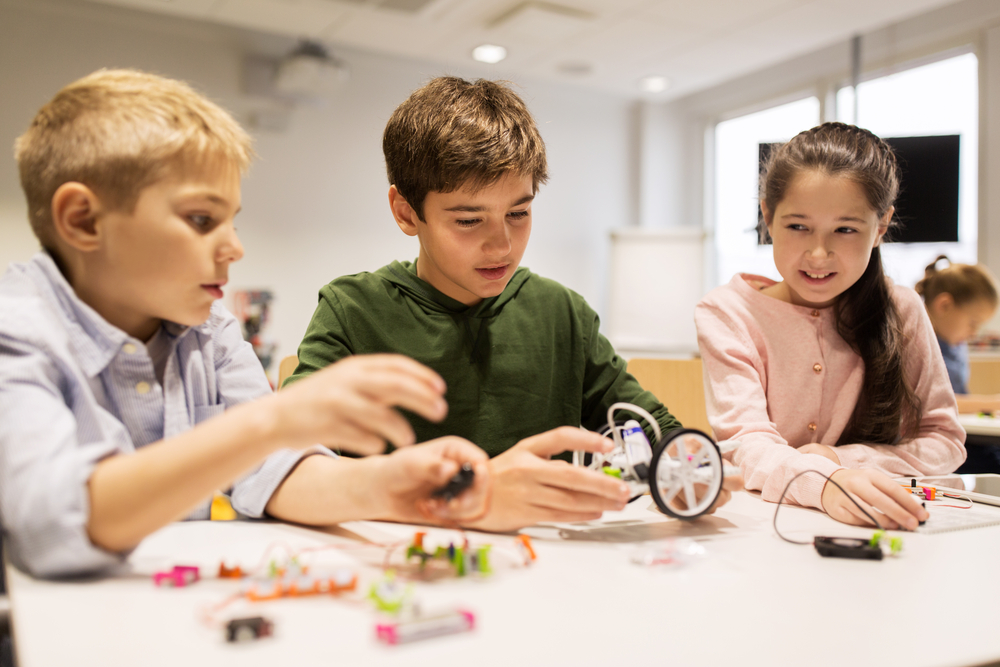Reading analog clocks Math Worksheets for Ages 6-9
8 filtered results
-
From - To
Discover an engaging collection of "Reading Analog Clocks" math worksheets tailored for kids ages 6-9. These printable activities from Kids Academy help young learners master the essential skill of telling time. Each worksheet is designed to build confidence through fun exercises, aiding children in recognizing hour and minute hands, understanding clock faces, and reading various time intervals. Perfect for classroom use or homeschooling, these resources align with early math curricula. Encourage your child's time-telling proficiency with our expertly crafted worksheets and make learning fun and interactive! Start your journey towards time mastery today.
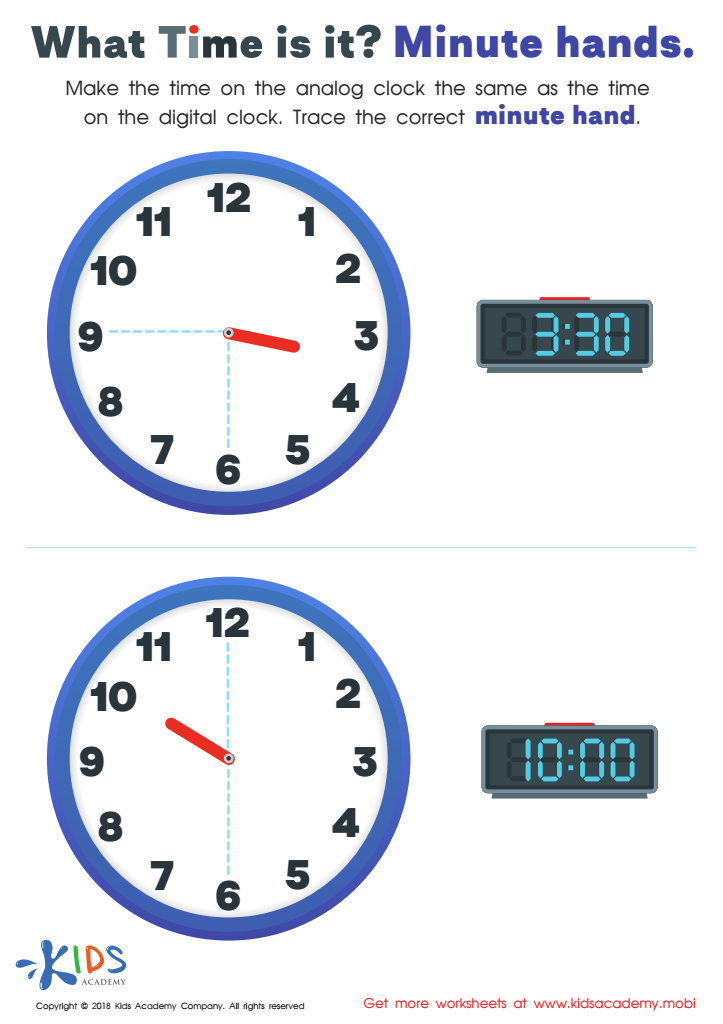

What Time Is it? Minute Hands Worksheet
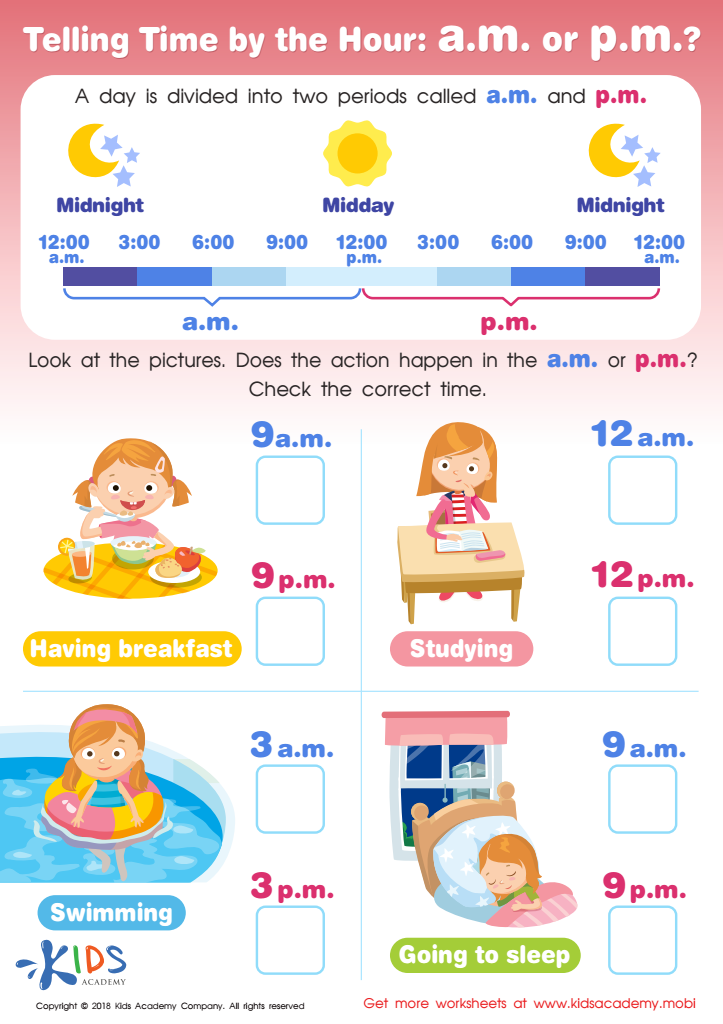

Tilling Time by the Hour: a.m. or p.m.? Worksheet
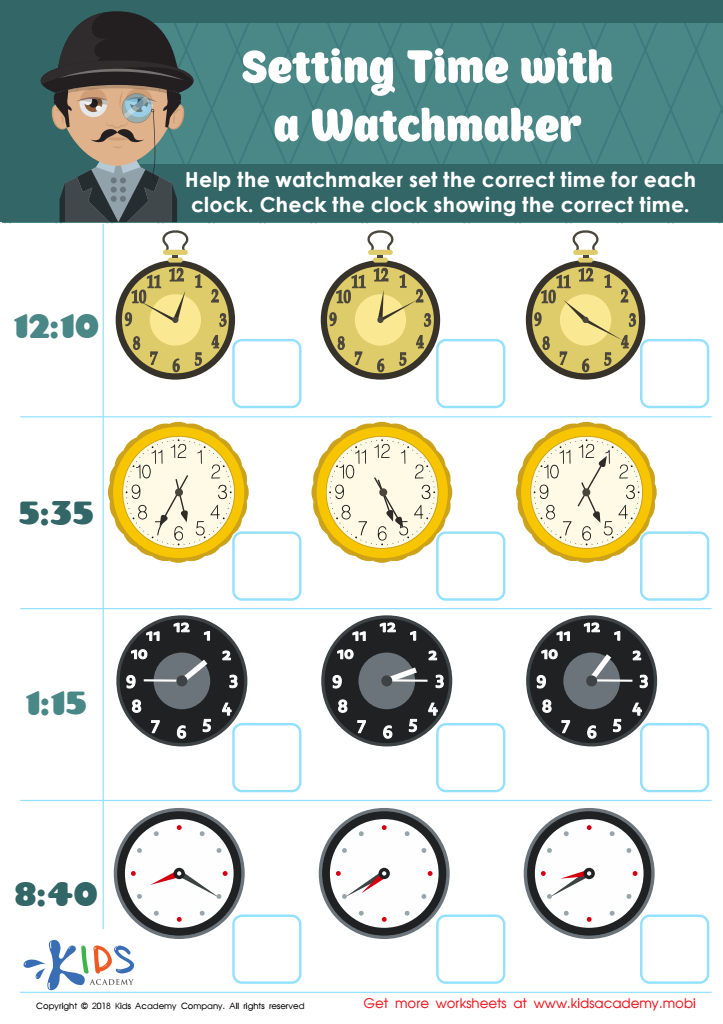

Setting Time with Watchmaker Worksheet


Telling Time by the Half Hour Worksheet
Reading analog clocks is a fundamental skill that children aged 6-9 should develop, and both parents and teachers play a crucial role in fostering this ability. Mastering analog clocks is important for several reasons.
Firstly, it reinforces numeracy skills. Reading an analog clock requires children to recognize numbers, understand their sequenced positions, and grasp the concept of intervals, aiding their overall mathematical development. Logical thinking and problem-solving abilities are also honed as children learn to differentiate between concepts of hours, minutes, and seconds.
Moreover, understanding analog clocks enhances time-management skills. Being able to read the clock helps children manage their day better, understand time duration, sequence events, and establish routines, leading to greater independence and organizational skills.
Analog clocks also bridge the gap between digital and real-world applications. While digital devices are pervasive, many real-world timers, classroom settings, and traditional contexts still use analog clocks. So, familiarity with both digital and analog time formats is essential.
Lastly, fostering this skill builds confidence. Successfully mastering this visual and cognitive challenge increases self-esteem and encourages a positive attitude toward learning complex tasks.
Overall, parents and teachers should prioritize teaching analog clock reading to ensure children's comprehensive mathematical, cognitive, and practical time-keeping development.
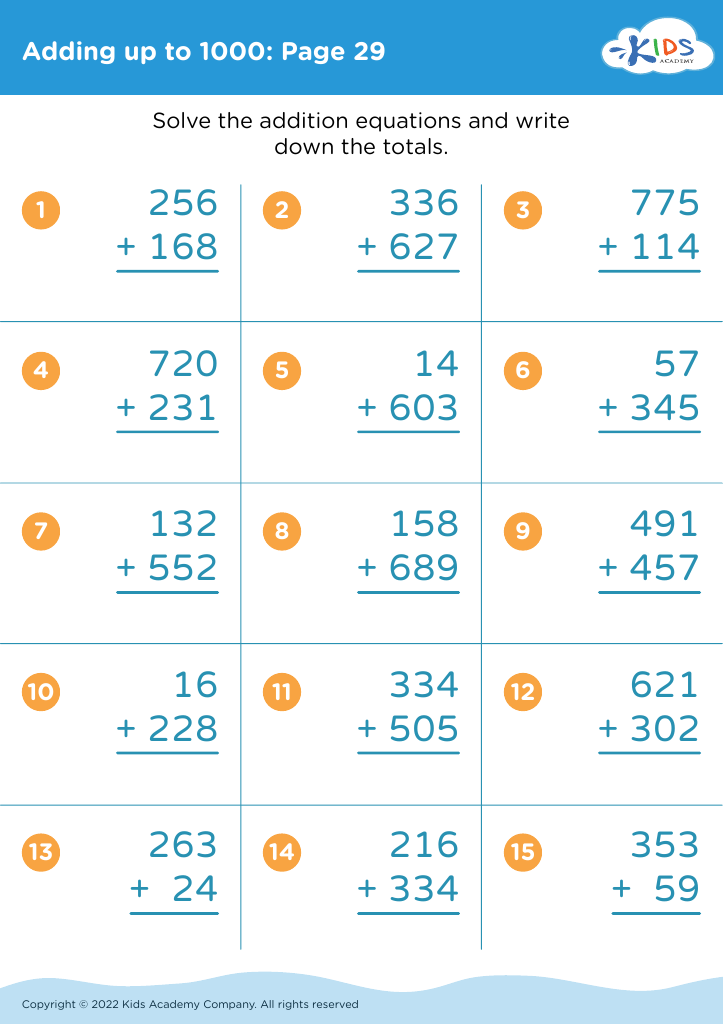

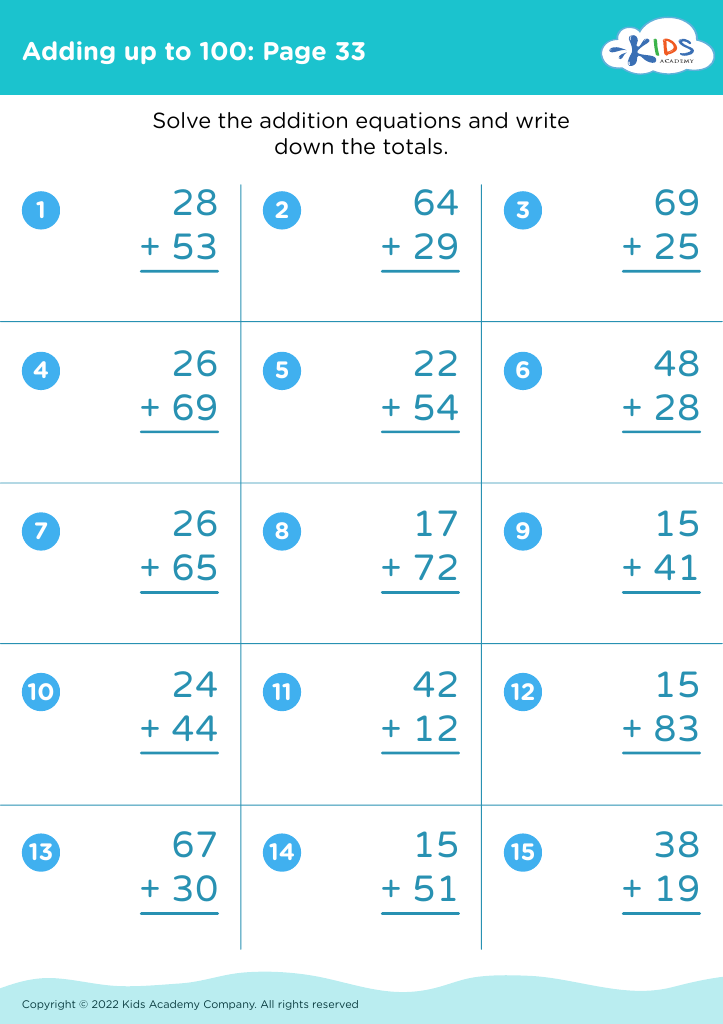
 Assign to My Students
Assign to My Students
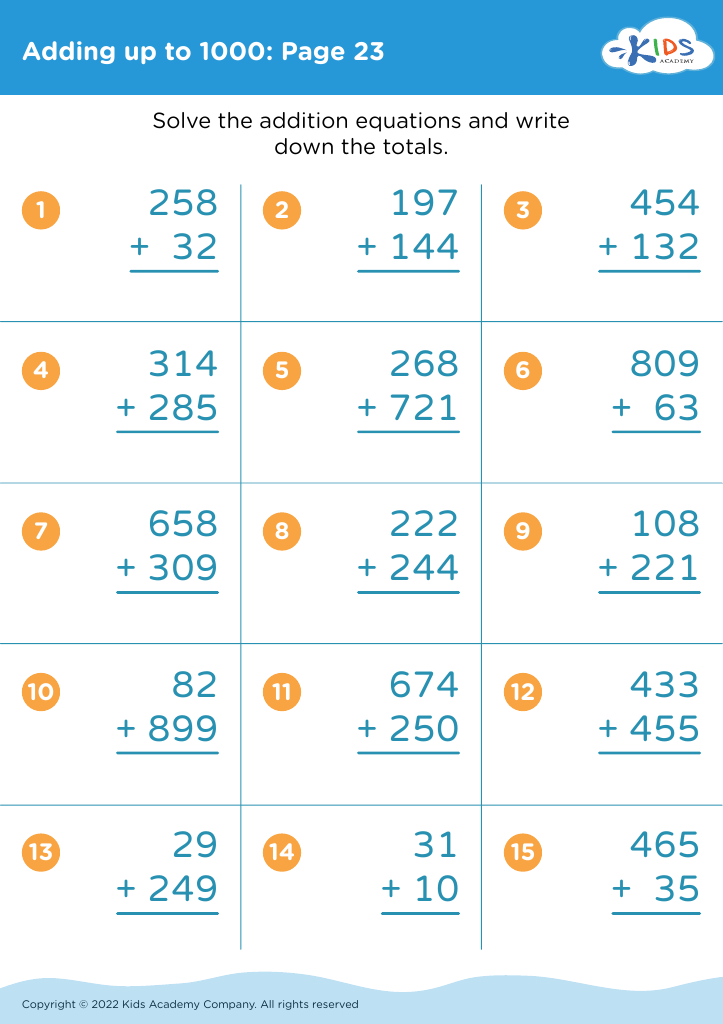
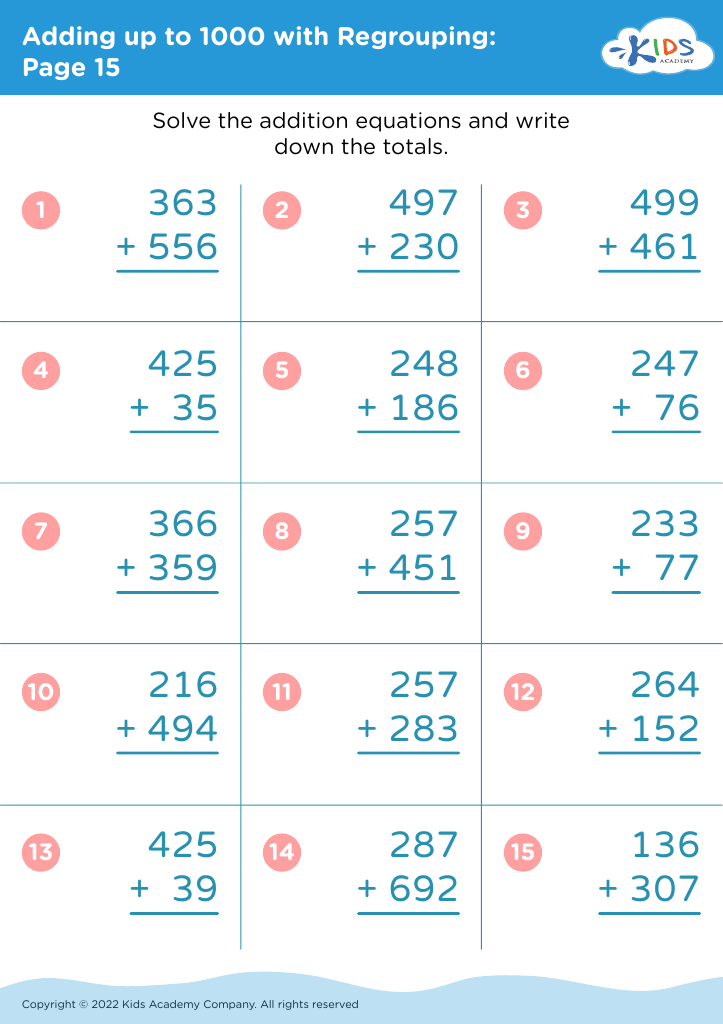




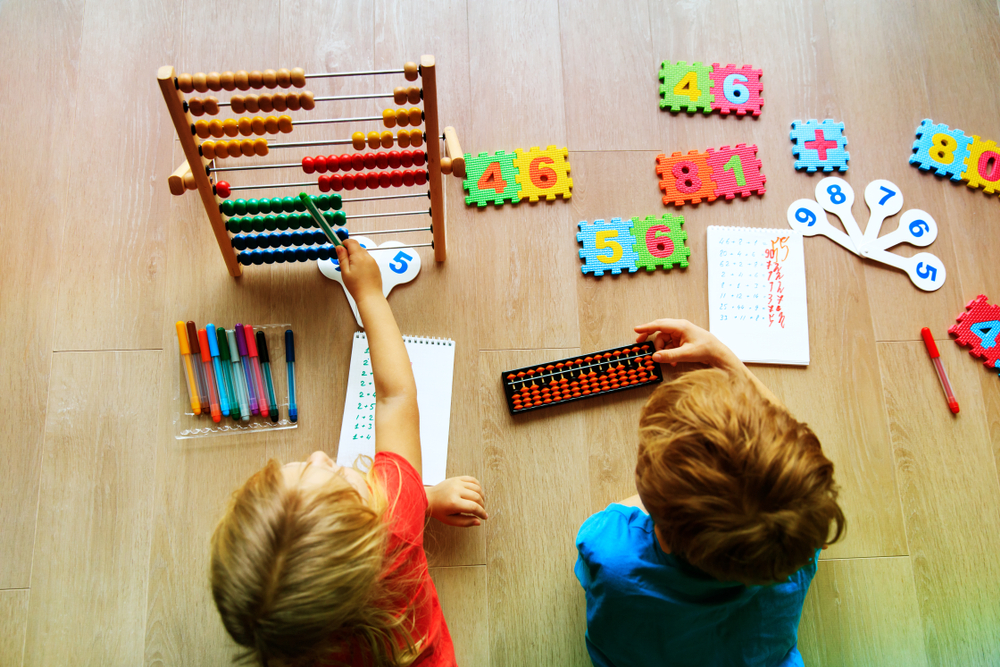

.jpg)

